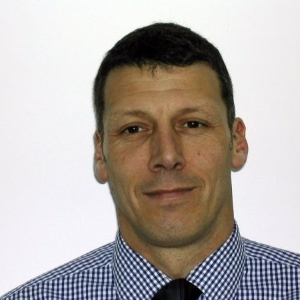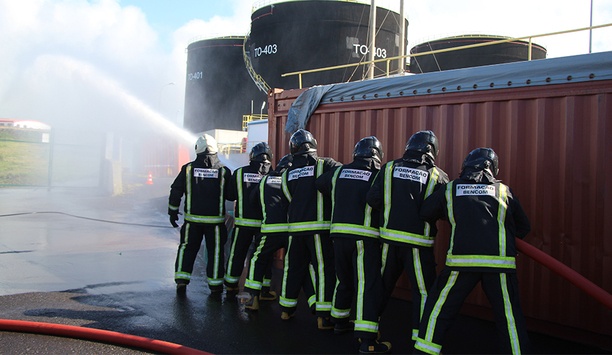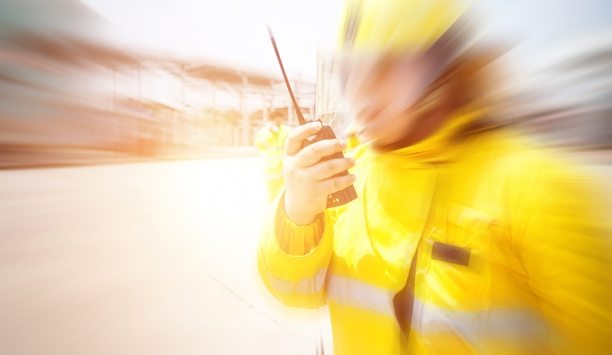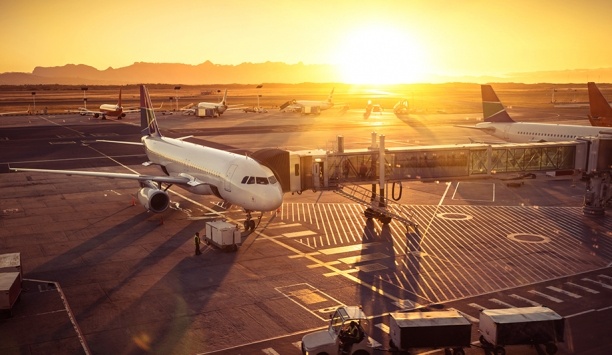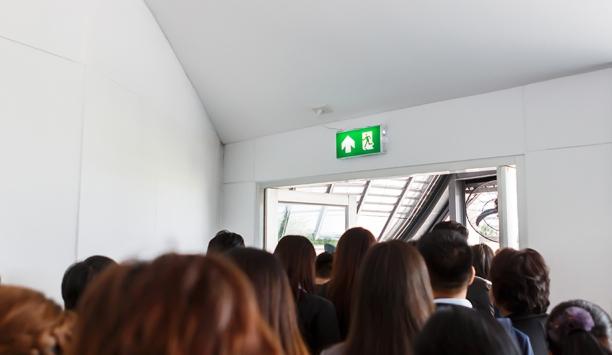The role of firefighters has evolved to include the provision of search and rescue operations for various natural and man-made disasters. Search and rescue professionals have to be suitably clothed and equipped to meet the demands of these challenges, resulting in the rapid development of specialised Personal Protective Equipment (PPE) clothing. In this article, Roger Startin from Bristol Uniforms traces the evolution of the field of Urban Search and Rescue and the resultant impact on the PPE sector.
9/11 is seen by many as a defining moment in the history of search and rescue. The terrorist attacks on New York and Washington brought the need for urban search and rescue capability into sharp focus. Until then, many search and rescue operations had been carried out by specialist teams trained to work in areas devastated by natural disasters – many in remote regions of the world.
Since the escalation of international terrorism, signalled by the attacks on the Pentagon and World Trade Centre, targets have not only become focused on western democracies but on centres of high population densities for maximum impact in terms of human injury and devastation of economic infrastructure. This has required a total rethinking of the response needs, in what has become urban search and rescue (USAR).
Besides covering natural disasters including floods, earthquakes, hurricanes and volcanic eruptions, urban search and rescue is now considered to include incidents ranging from terrorist chemical, biological, radiological and nuclear (CBRN) attack to chemical spills, industrial, traffic and domestic accidents and building collapses.
The UK leads the way in USAR in Europe
In the UK, increasing numbers of municipal fire brigades have taken on a much wider ranging role, as reflected in the 'fire & rescue' name now adopted by many to better reflect this broader responsibility. The government's recognition of the essential nature of urban search and rescue in today's major centres of population around the world was amply recognised with the passing of the Fire and Rescue Services Act 2004.
Urban Search and Rescue deals with incidents ranging from terrorist attacks to chemical spills, from industrial, traffic and domestic accidents to building collapses |
The UK has a successful record for urban search and rescue. The United Kingdom Fire Service Search & Rescue Team (UKFSSART) provides an international search and rescue facility for the UK Government and is on call 24 hours a day, 365 days a year, to respond to an accident or disaster anywhere in the world. The team is composed of firefighters and other specialist rescue personnel, working within the emergency services of the United Kingdom. It is also one of a number of teams registered with the United Nations. The team has, over the last fifteen years, successfully carried out search, rescue and relief missions around the world.
UKFSSART has also been declared a European USAR resource and could be committed to incidents within the European Union. Highly mobile, capable of being rapidly transported by helicopter or aircraft, UKFSSART is capable of providing a variety of support services to emergency agencies. Support includes specialist advice, canine search teams, specialist search and rescue equipment and complete search and rescue teams able to be deployed at short notice.
 |
| Urban Search and Rescue specialist cutting through concrete |
Need for specialized Personal Protective Equipment (PPE) in USAR
Man-made disasters have the potential to include a wide variety of damaging and polluting agents not found in most natural disasters. To protect rescuers fully from the range of threats involved, the latest USAR Personal Protective Equipment (PPE) incorporates protection against a number of health hazards.
Firefighting roles have expanded to include attending forest, shrub and grassland fires, for which specialised wildland PPE have been developed and introduced, as well as hot fires involving highly flammable substances, such as chemicals and oils, where protection against high flame temperatures at close proximity has created the need for greater levels of protection from the fabric combinations used in advanced PPE.
Similarly, the expansion of the firefighter's role into non-firefighting activities, such as building collapses and road traffic collisions, has brought with it the introduction of more specialised PPE designed specifically to meet the demands placed on the wearer. USAR kit falls squarely into this latter category.
Other scenarios calling for USAR PPE include dealing with road traffic collisions (RTC), where the rescue crew is likely to be exposed to oil and fuel spillage, contamination from bodily fluids and the need to work in cramped conditions when entering badly damaged or crushed vehicles to help recover injured occupants.
The USAR capability includes equipment to lift, cut and remove rubble from collapsed structures, and to locate casualties. It also brings with it the need to develop new skills, including the ability to work in confined spaces, safe working at heights carrying out search and rescue operations in a multi-level collapsed building, technical search and shoring, breaking and breaching skills. Activities which include lifting and moving, using basic principles coupled with modern technology, to move and stabilise heavy masses place special stresses on the rescuer's body which in turn call for appropriate levels of protection and support whilst reducing heat stress to avoid early exhaustion.
Advances in Urban Search & Rescue PPE
The latest designs of USAR PPE incorporate fabric combinations which recognise the special conditions under which search and rescue personnel work and differ significantly from the makeup of structural firefighting ensembles which are still in USAR use with some fire & rescue services. The main differences are occasioned by the working conditions, which, unlike firefighting, do not involve the presence of either fire or hosed water. Without the need for protection against flame and heat, the outer fabric is selected more for its protection against physical damage and noxious fluids and chemicals. It also incorporates an inner membrane giving protection against rain, bodily fluids and pathogens.
The effect is to allow the USAR kit to become a two-layered construction, affording much greater flexibility and wearer mobility and comfort in the confined and constricted working conditions frequently found in fire damaged and collapsed buildings. The lighter-weight construction also helps to reduce internal heat build-up when working in hot and airless conditions often encountered in urban rescue situations. For example, in the Bristol Uniforms' offering, the coat and trouser combination incorporates a 220gsm Nomex Ripstop outershell in Orange with a Goretex Crosstech membrane. Easily identifiable at multi agency incidents, the coat and trouser can be zipped together to give the advantages of a one-piece, but retaining the flexibility of a two-piece garment.
 |
| Search operation in burning building |
New USAR guidelines
Under new operational and response guidelines, rescue teams must be able to respond to any major unstable or collapsed structure or major transportation incident, as part of a national response. To achieve this objective, and meet defined performance standards, the team must be able to respond within 45 minutes, along with the on-call personnel. It is now increasingly common for fire & rescue services with a defined USAR responsibility to carry the USAR team's PPE on designated vehicles at all times to help speed up response times and to allow the decision on deployment of PPE to be made on location once the operational needs have been assessed.
In the UK, the government's response has been the New Dimension programme, which is intended to enhance the previous levels of expertise. Since late 2003, an interim Urban Search and Rescue capability has been in place and there has been a roll-out programme across England and Wales. The roll out across 17 Fire and Rescue Services was a phased approach and eventually completed in 2008.
The New Dimension Urban Search and Rescue Project developed the response capabilities in order to deliver the equipment and training to seventeen selected Fire & Rescue Services (F&RS). The guidance identified the process and funding to supply USAR personnel with a national standard for specialist tools and protective clothing in those F&RS to allow the safe and effective deployment of these teams in the event of any of the identified potential disaster scenarios happening. In order to effectively deliver such a capability, funding was provided to supply a certain amount of PPE for initial issue to USAR teams. Merseyside and Cheshire were nominated to form a joint team by the government with an identical set up with Lancashire and Greater Manchester FRS.
 |
| Merseyside Fire and Rescue Service team in USAR-specific protective clothing |
Recent examples of the deployment of specialist USAR teams include the fatal hotel blaze in Newquay in August last year. Rescue specialists from the Devon & Somerset USAR Unit assisted colleagues in Cornwall, offering information and advice regarding search operations in the partially collapsed Penhallows Hotel in Newquay. In another incident in June 2007, a man who was trapped when the top two floors of a building in Westminster collapsed, was freed by crews from London's specialist USAR Units.
Europe and ROW (rest of the world) follow suit, adopt USAR protective clothing
A number of countries in Europe have begun to recognise the specific advantages of USAR protective clothing. Fire and rescue services in Holland, Finland and Portugal have already taken delivery of consignments of Bristol's USAR PPE over the last 2 years. In addition, services in both Greece and Croatia are in the process of initiating test programmes for the rescue kit, as are those in Mexico.
There seems little doubt that the growing interest across Europe is beginning to spread to other parts of the world, especially in those countries more susceptible to natural disasters such as earthquakes, typhoons, hurricanes, coastal flooding and volcanic activity, which all result in serious infrastructural damage. Collapsed buildings are often the cause of greatest loss of life, but immediate search and rescue teams suitably clothed and equipped can often effect extrication of the injured and trapped and thereby save many lives which might otherwise be lost.
Roger Startin -Joint Managing Director - Bristol Uniforms

